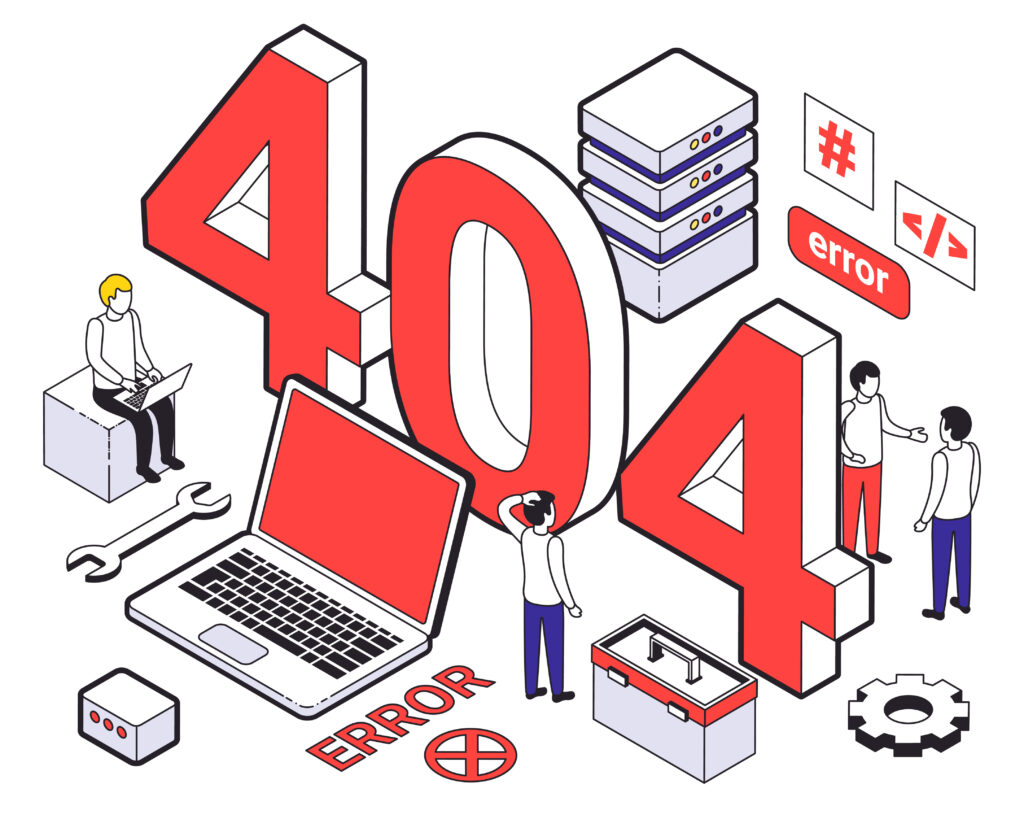by Marilee Bodden
In the construction world, bad data doesn’t just mean you’ve got a numeric outlier here or there. It means that you’ve got information that is inaccurate, missing, untimely, or just flat out wrong. And the consequences can be expensive to owners who are depending on construction projects to finish on-time and on-budget.
Bad data is a primary cause for schedule slippage and cost overruns. And it’s rampant in a construction industry that, as one expert put it, “still relies on design and management systems that look like they are out of the 1930s.”
Over 80 percent of respondents to one survey in particular reported that one-fourth of their project data was totally unusable. And 50 percent of construction firms say that they don’t have processes in place to clean and organize their data.
As an owner, what’s the potential cost of bad data in your projects? Let’s find out.
More Project Rework
Bad data is a primary cause of about 50% of all rework. And rework itself accounts for nearly one-third of the total work done by construction companies.
Rework also takes time, which is why fewer than 25% of capital projects actually finish by their original deadline. And given the supply chain disruptions, labor shortages, and inflationary pressures caused by the COVID pandemic, those delays are likely to become even more magnified.
Lost Productivity
A recent survey reported that construction project teams lose almost two full working days each week solving avoidable issues and searching for project information. Over the lifespan of a construction project, that lost time can add up into weeks or months of unscheduled delays.
Bad data also leads to bad decisions. In 2020, the cumulative effect of those misguided choices is estimated to have cost nearly $90 billion in rework. If your project team isn’t working from accurate, current information, the odds are that they’ll be making a wrong or flawed decision almost 60% of the time.
How would you feel about that that success rate if it was your doctor deciding on a course of treatment or the air traffic controller who was guiding your plane towards the runway?
Budget Overruns
Project budgets are complex and contingent on a large set of variables. Losing sight of any of those can be devastating, as job sites grind to halt waiting for POs to be paid or materials to be ordered.
Inaccurate financial forecasting and the resulting schedule delays is estimated to have cost the global construction industry nearly $2 trillion in 2020 alone. If time is money, wasted time is wasted money.
Additional Construction Waste
Nearly half of all global landfill is from construction waste, and it’s estimated that this number is expected to grow to 2.2 billion tons by 2025. While some of this waste is caused by demolitions, a significant portion is due to overestimating the amount of materials needed to complete the project and overall project rework.
Given growing public awareness of and support for “green building” initiatives, savvy owners can reduce their expenditures and improve their Q Rating at the same time. And with nearly two-thirds of American adults saying that protecting the environment should be a top priority, can owners really risk being seen as negligently wasteful?
Increased Litigation Risk
Post-closeout litigation is unfortunately commonplace in construction, with issues between owners and contractors usually the cause: lost opportunities caused by unanticipated delays, unbudgeted expenditures, or shoddy workmanship.
When — not if! — litigation occurs, whoever controls the most accurate and comprehensive set of data usually wins in court. As an owner, if you can’t immediately access critical construction documentation, you’re at a huge disadvantage during any litigation. And that means that your financial exposure can quickly become even worse.
How Can You Avoid Bad Construction Data?
The risks of bad data are very real, but that doesn’t mean that you’re powerless to prevent it. In fact, the answer is relatively simple.
A whopping 61 percent of construction firms said that implementing technology into their processes greatly reduced project error. And according to the World Economic Forum, full-scale digitization could save over $1 trillion in rework in the design, engineering, and construction phases alone.
The best way to avoid issues caused by bad construction data? Owner-focused construction project management softwarethat gives you total transparency into every aspect of your project from planning to closeout.
Software like Owner Insite’s secure, cloud-based platform can help ensure that you — not your general contractor or architect — retain full control of the data every step of the way. Keep your entire project team in the loop with real-time document sharing so everyone knows when schedules are updated or issues identified. And hold all of your stakeholders accountable for every commitment, every action, every visit to the job site.
Post-closeout, the interactive archive ensures that you’ll not only satisfy your state’s document hold legal requirements, but you’ll also be able to find any information on any project in 4 clicks or less.
To see for yourself how Owner Insite’s construction management solutions can eliminate the risk of bad data on your next construction project, contact us to schedule a short demo.




